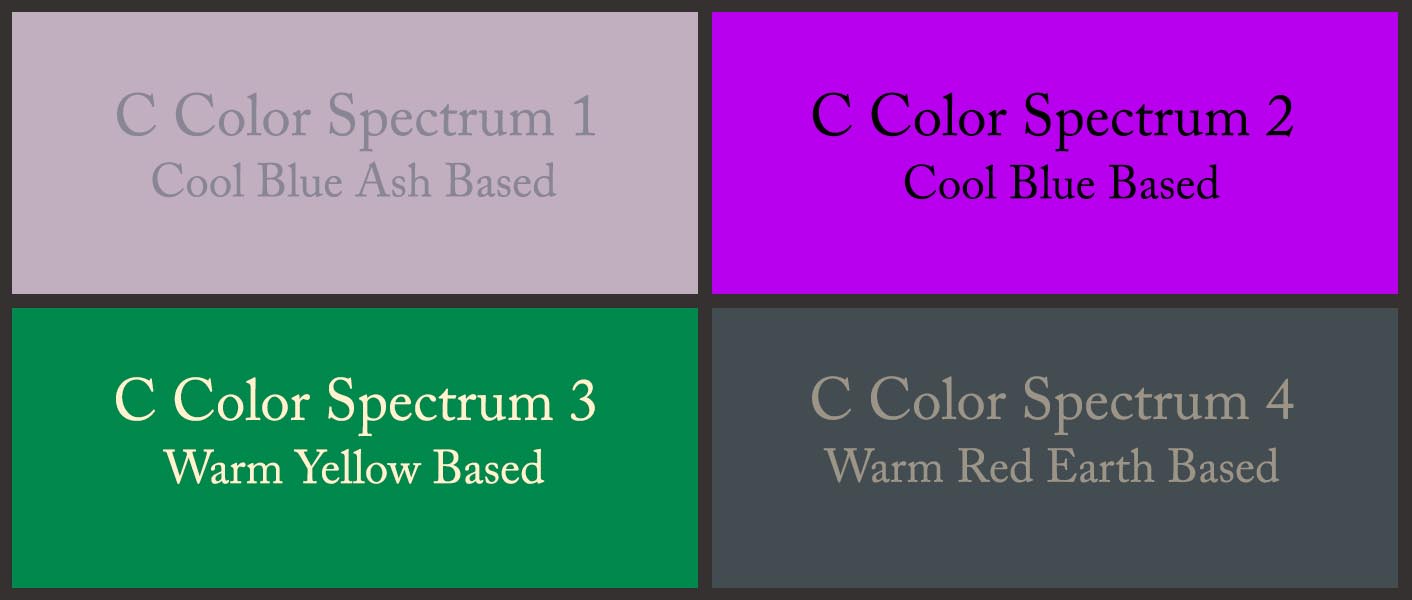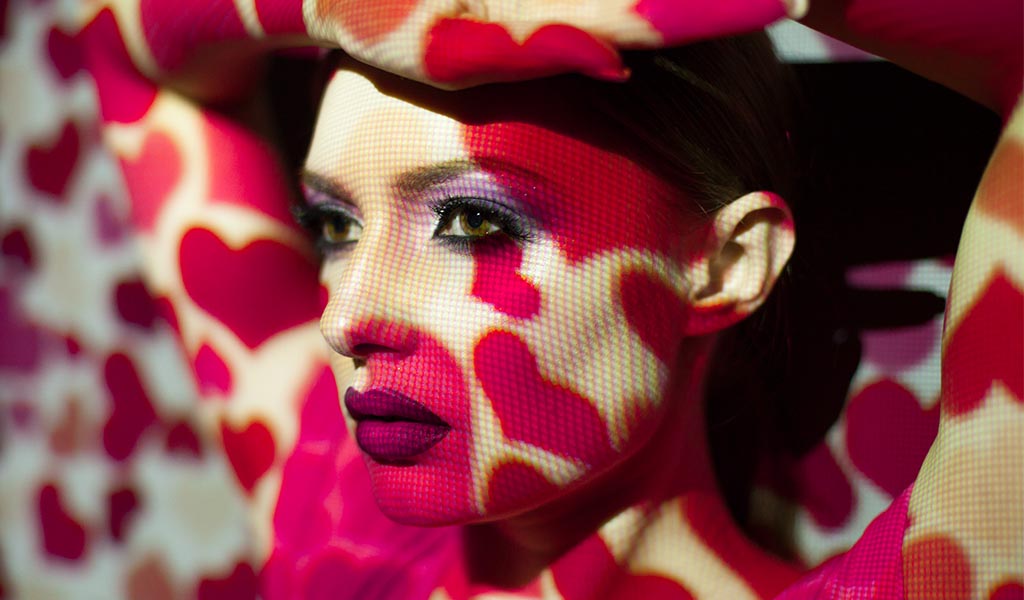
Color, when applied correctly, can create an atmosphere conducive to healing.
As researchers seek to understand how and why color affects the brain, an entire area of study regarding color psychology and color therapy has emerged. Yet, color therapy is an often underused healing strategy in modern medicine.
One reason for this situation is that all colors do not elicit the same healing response in every individual. Administering color therapy to improve life can be challenging for most.
There are 16.7 million colors in the world, and C Color® has catalogued millions of these colors into four distinct C Color Spectrum® categories.
Each of the four C Color Spectrums is classified by the temperature, saturation, and predominant base of one of the primary colors of either blue, yellow, or red. These 3 factors are the reason that individuals have varying color healing responses.
If an elected color for healing is not within a person’s C Color Spectrum®, the color will not complement the healing process. In fact, the color could hinder the healing progression.
C Color Teaches You To Look Inside For Color
By surrounding yourself with the colors that you inherently prefer, you can acquire a renewed sense of calm, joy, and motivation.
C Color® has an online store to further direct you in your endeavor with colors.
C COLOR COORDINATES
Interchangeable Colors And Patterns In Your C Color Spectrum Developed As Examples For Fashion And Décor
Prerequisite: C Color Quiz
Palettes are supplemental to the C Color App
Below are examples of how individuals from each of the four C Color Spectrums can wear cosmetic colors.
Please note that the cosmetic colors are for reference only and do not represent the models’ C Color Spectrums.
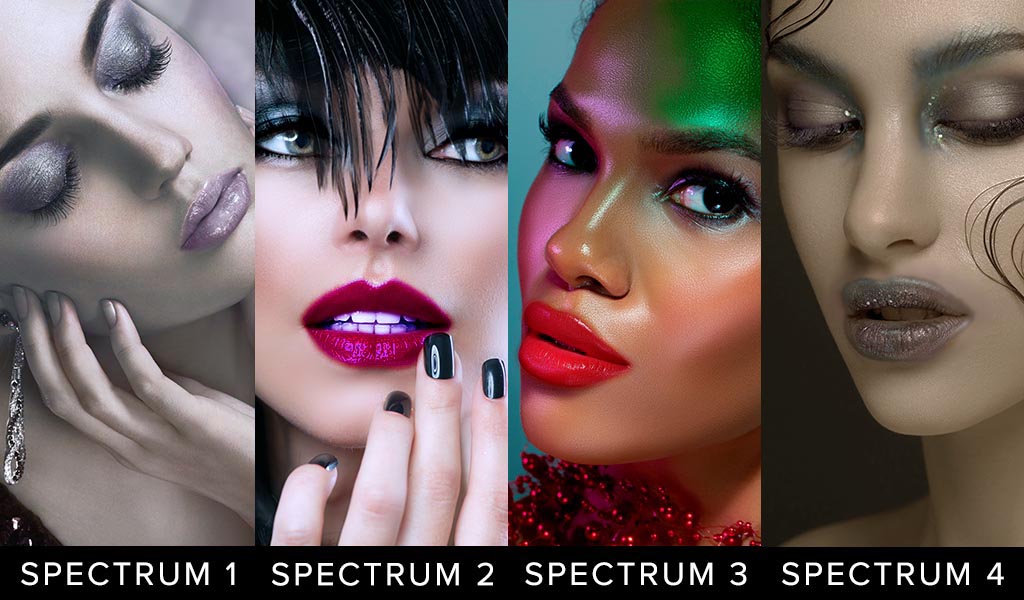 UTILIZE THE C COLOR APP TO CONFIRM YOUR C COLOR SPECTRUM COLORS
UTILIZE THE C COLOR APP TO CONFIRM YOUR C COLOR SPECTRUM COLORS
Notice the differences in the four C Color Spectrums:
- C Color Spectrum 1 Purple and Mauve are Cool Blue Based, Less Saturated, Appear Rubbed with Ash
- C Color Spectrum 2 Charcoal and Burgundy are Cool Blue Based, More Saturated
- C Color Spectrum 3 Green, Peach, and Red are Warm Yellow Based, Moderately Saturated
- C Color Spectrum 4 Blue and Purple are Warm Red Based, Less Saturated, Appear Rubbed with Earth
The key to the classification of all colors is the temperature, saturation, and predominant base of one of the primary colors of blue, yellow, or red.
The above color quadrant displays a Cool Blue Ash Based mauve color, a Cool Blue Based fuchsia color, a Warm Yellow Based green color, and a Warm Red Earth Based navy color, as examples to further distinguish the four C Color Spectrums. Each C Color Spectrum® contains millions of every color.
What Is Color Therapy?
The long-established practice of color therapy, or chromotherapy, dates back to the ancient cultures of China, Egypt, Greece, and India. These civilizations recognized the therapeutic nature of color.
According to chromotherapy, each person is composed of colors and engulfed in light, and that can impact health conditions.
Traditionally, color therapy refers to the application of color to the body through stones, crystals, salves, or light to address physical and emotional conditions. This form of color therapy has withstood the test of time and given rise to a growing field of new treatments and methods to promote health and healing with color today.
How Does Color Therapy Work?
Each color carries a unique wavelength that can either be absorbed or reflected by objects that you surround yourself with in your home or office environments. These wavelengths of visible light can assist in stimulating activities within the body that are necessary for rejuvenation and wellness.
The belief is that electromagnetic energy can be applied directly to the skin or through the eyes to rehabilitate and heal mental distress and disease.
Many holistic medicine practitioners believe that you can correct imbalances in the body and mind by nourishing the areas of the body where color deficiencies exist.
How Does Color Affect The Brain?
Research has shown that color can favorably affect heart rate, reactivity, and many other physical and emotional responses, such as a positive state of mind. These reactions vary from person to person due to genetics
To realize the advantages of color on the brain, your unparalleled colors must be uncovered.
Utilizing Color Therapy
1. Color Light Therapy
Color light therapy involves concentrating color on specific sections of the physical body to improve well-being.
The concept behind color light therapy is that wavelengths penetrate the skin at different depths. These wavelengths stimulate chakras as well. Color-light therapy dictates that each of the seven chakras must be open and free-flowing to achieve the desired result, as each is believed to serve a distinct purpose in maintaining balance. You can locate several color-light therapy devices on the market.
Below Are Color Therapy Products:
- Chromotherapy Torch
- Chromotherapy Light Box
- Personal Full-Spectrum Chromotherapy Sauna
2. Art Therapy Through Coloring
Classical art therapy involves creating images from a blank canvas, although there are different approaches to art therapy. In the past number of years, coloring has emerged as a therapeutic medium for stress relief.
Coloring can soothe the minds of adults and children alike; subsequently, coloring is a complimentary technique for practicing mindfulness. If you are in need of a welcomed distraction from the rigors of life, coloring can be the medium for you. Coloring also allows individuals to gain insight into their state of mind, predicated on the hues chosen during a coloring session.
Below Are Color Therapy Coloring Books:
- The Mindfulness Coloring Book: Anti-Stress Art Therapy For Busy People
- Good Vibes Coloring Book: 30 Beginner Friendly Relaxing & Creative Art Activities
- Color Me Calm: 100 Coloring Templates For Meditation And Relaxation
3. Color Therapy Apps
Color therapy apps follow a similar concept as conventional coloring books, with the added benefit that art supplies are unnecessary.
Coloring apps are a useful de-stressing option among individuals who need a mental break from daily struggles. The concentration required, along with the movement of the eyes and hands, produces a mediative state where time and ruminating thoughts seem to cease. Access to this therapeutic method is easily attainable wherever you roam.
Below Are Color Therapy Apps:
- Color Therapy Coloring Number
- Zen Coloring Book For Adults
- Colority Color Therapy For Adults
Discover The Colors Conducive To Healing
As mentioned, to glean the healing properties of color therapy, you must first ascertain the colors that promote healing for you.
Below are examples of how individuals from each of the four C Color Spectrums can wear mauve, fuchsia, green/blue/pink/yellow, and teal colors.
Please note that clothing and accessory colors are for reference only and do not represent the models’ C Color Spectrums.
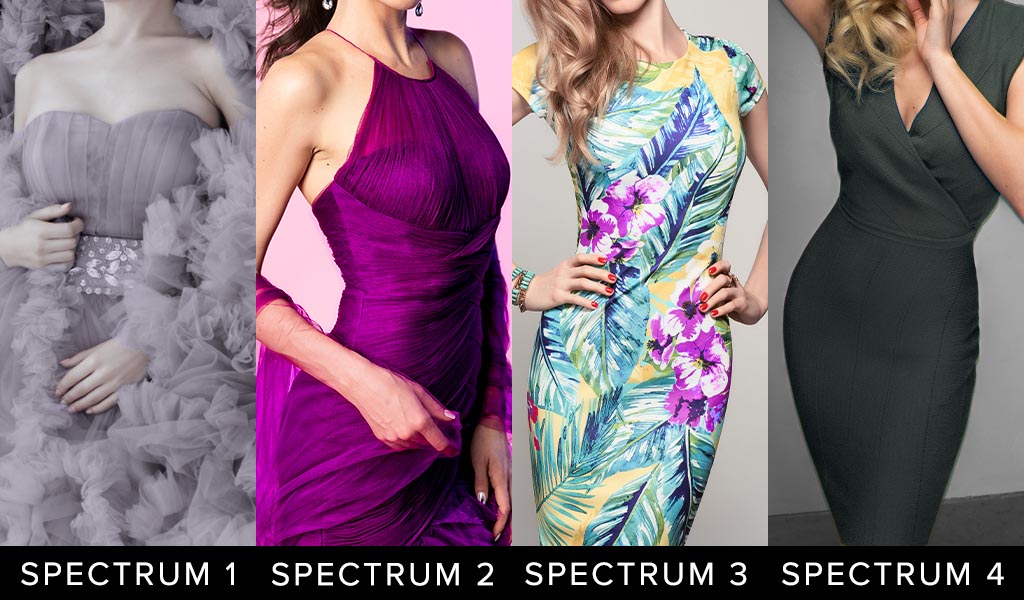 UTILIZE THE C COLOR APP TO CONFIRM YOUR C COLOR SPECTRUM COLORS
UTILIZE THE C COLOR APP TO CONFIRM YOUR C COLOR SPECTRUM COLORS
Notice the differences in the four C Color Spectrums:
- C Color Spectrum 1 Mauve is Cool Blue Based, Less Saturated, Appears Rubbed with Ash
- C Color Spectrum 2 Fuchsia is Cool Blue Based, More Saturated
- C Color Spectrum 3 Green, Blue, Pink, and Yellow are Warm Yellow Based, Moderately Saturated
- C Color Spectrum 4 Teal is Warm Red Based, Less Saturated, Appears Rubbed with Earth
The key to the classification of all colors is the temperature, saturation, and predominant base of one of the primary colors of blue, yellow, or red.

C Color® is the first and only company to quantify intuitive color preferences.
As a lifestyle technology company the C Color Ideology and Methodology will support you in living life in your choicest color environment.
Wearing and surrounding yourself with the colors within your C Color Spectrum can increase your mental, emotional, and physical wellness, thereby reinforcing you in looking, thinking, feeling, acting, learning, and healing your best.
Lighting can also affect color and restorative development. Superlative lighting in homes, businesses, hospitals, institutions, and all other areas can transform any environment into a sanctuary of colors that are within your C Color Spectrum.
Take the proprietary five-minute C Color Quiz to determine your natural desire for color and your C Color Spectrum. The objective of the C Color Quiz is to select the color quadrant that immediately catches your eye. In doing so, you are following your innate color proclivities. Thinking about your color choices will skew your results, as the accurate results emanate from intuitive selections, not thought choices.
Due to this reason, receiving a Personal C Color Analysis differs from all others on the market.
The efficacy of the C Color Quiz is 99.8%. We do not guarantee hundred percent efficacy, as clients may not consistently follow their intrinsic preferences or intuition throughout the C Color Quiz.
Embrace the C Color App to verify your C Color Spectrum and identify the myriad of colors within your C Color Spectrum.
All colors contain numerous colors; consequently, it is imperative while shopping in stores or online to photograph the item that you are considering at a distance and to color correct the photograph with the Lighting and Filters features.
- The photographed color must match the color of the actual item that the eyes see.
- Once the above two steps are completed, choose a zoomed-in section of the pure color, even if blurred, to match, and the C Color App Expert Eye will reveal whether or not the color is within your C Color Spectrum.
- The zooming capacity of the C Color Matching Technology has been enhanced to allow for greater accuracy. This improvement ensures that the purest color of the article to be matched can be identified more proficiently and opportunely.
- Apply the built-in capability of the Smartphone to lighten or darken the photograph, if necessary.
- The Filters offered on the C Color App assist with the preset Lighting adjustments of the photograph that you have chosen to match.
- The Lighting Slider offered on the C Color App assists with the Temperature of the photograph that you have chosen to match.
- Avoid bright areas and shadowed areas, as those conditions can affect the color match.
The C Color App has been upgraded to include a color matching Instructional Video, C Color Courses, C Color E-Books, and C Color Spectrum Virtual Color Galleries.
C Color Spectrum Virtual Color Galleries within the C Color App were developed as a vantage point for you from which to better understand the colors within your C Color Spectrum®.
The C Color® App is a comprehensive color palette that identifies the limitless number of colors that are available to you. These colors are all from within your C Color Spectrum. Appropriately, the C Color Spectrum Virtual Color Galleries are supplemental to the C Color App.
Please be sure to visit the C Color Website.
The refreshed C Color Website includes a plethora of engaging content, simple navigability, and instructive visuals representative of each C Color Spectrum.
Browse the C Color Website and C Color Blog Posts for a colorful experience and inspiration regarding all things color.
C COLOR CURATED PRODUCTS
Coordinated And Interchangeable Products In C Color Spectrum 3
If products are unavailable, Amazon will suggest substitute products. The C Color App will verify if these products are within your C Color Spectrum.
As an Amazon Influencer, C Color earns from qualifying purchases.
Aid in healing, well-being, mental clarity, motivated and positive action, readily and distinct concept absorption, and enhanced appearance is possible when you surround yourself with the optimal colors.
C Color® conquers the color conundrum and teaches you to employ color successfully in all avenues of your life!
Look and feel prettier or more handsome; experience glowing skin; receive compliments; gain confidence; and garner color confidence.
C Color Gets You There!
Remember: Hair, Eye, and Skin Colors Don’t Matter

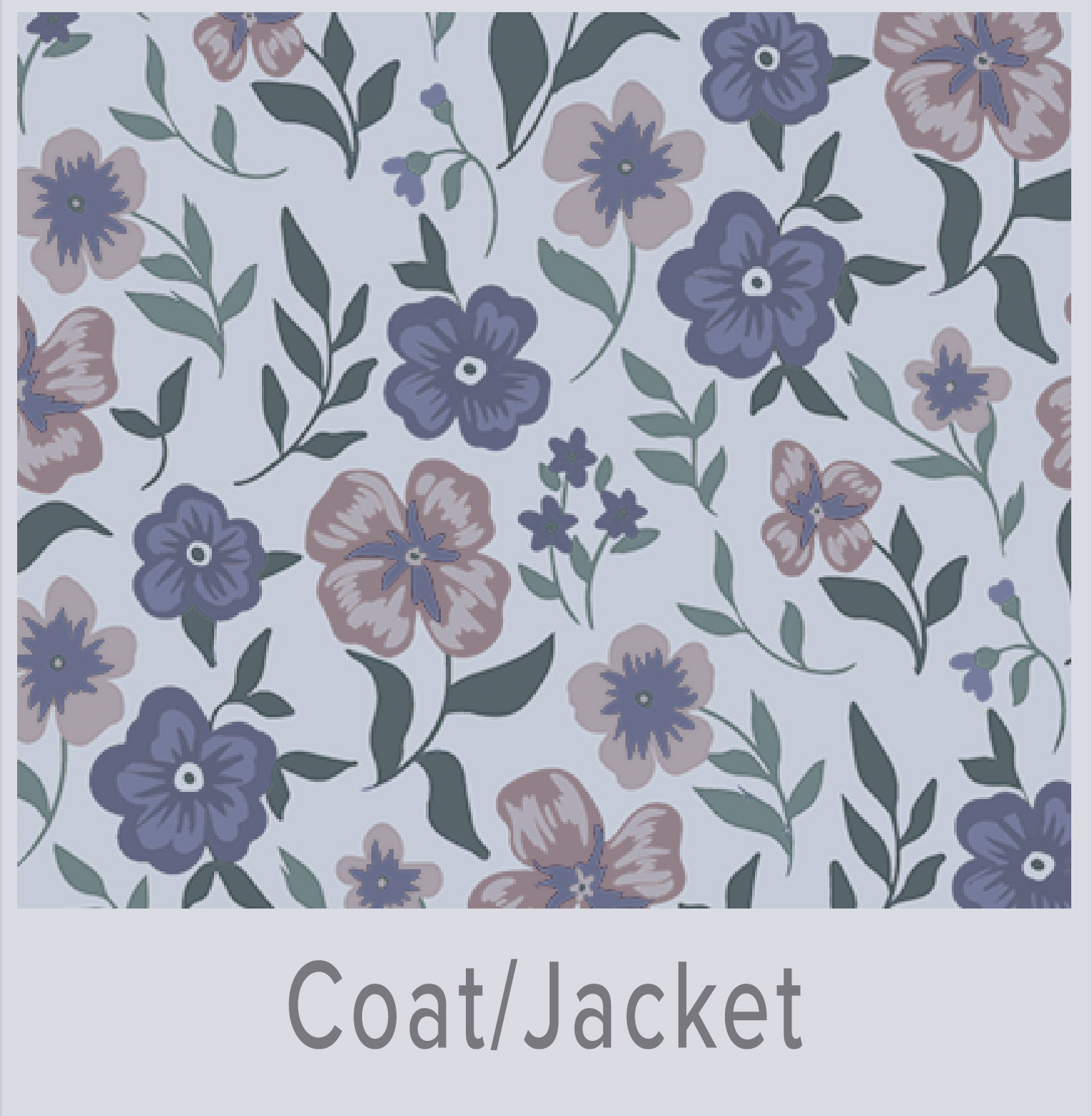 Shop C Color Spectrum 1
Shop C Color Spectrum 1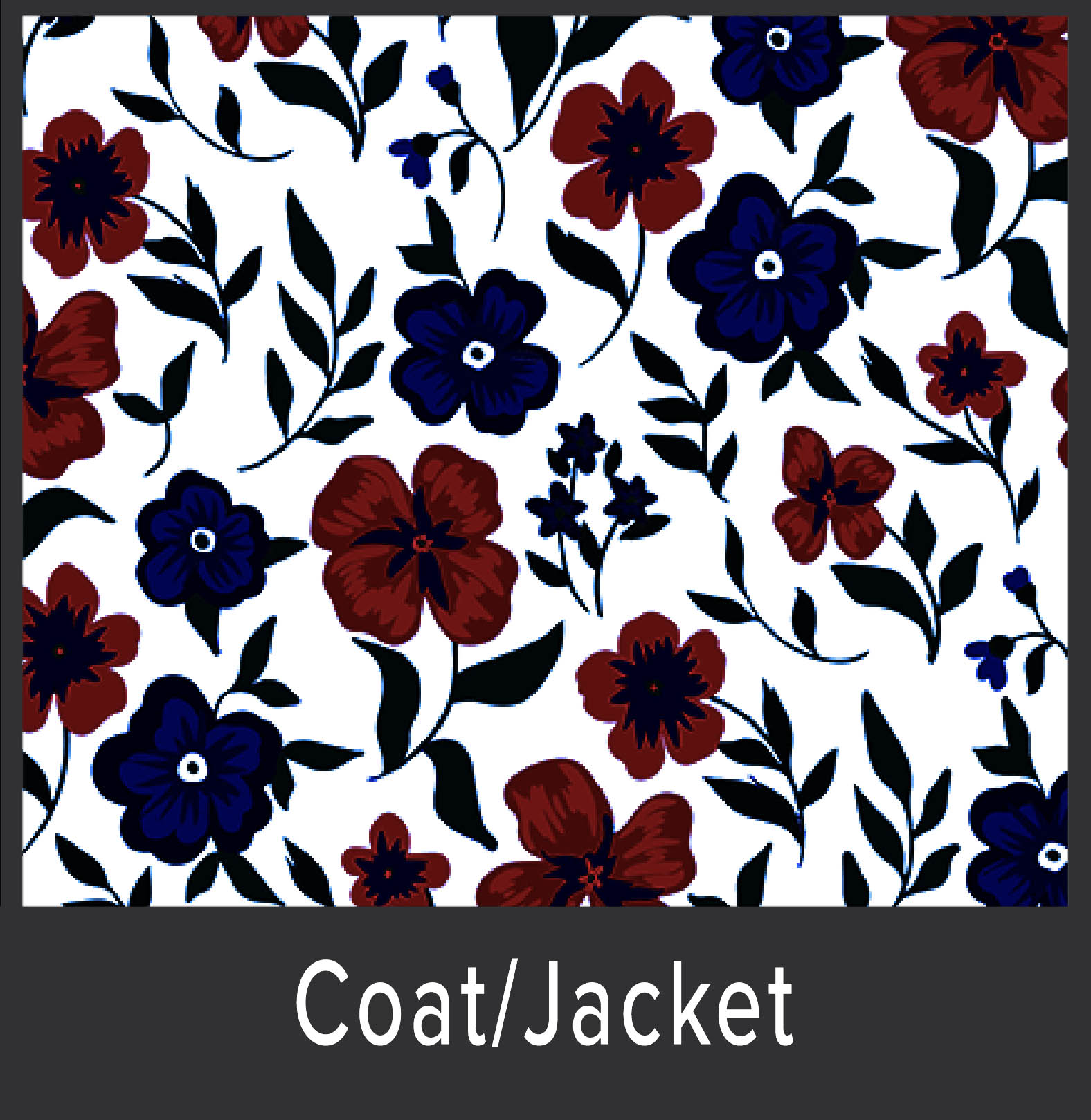 Shop C Color Spectrum 2
Shop C Color Spectrum 2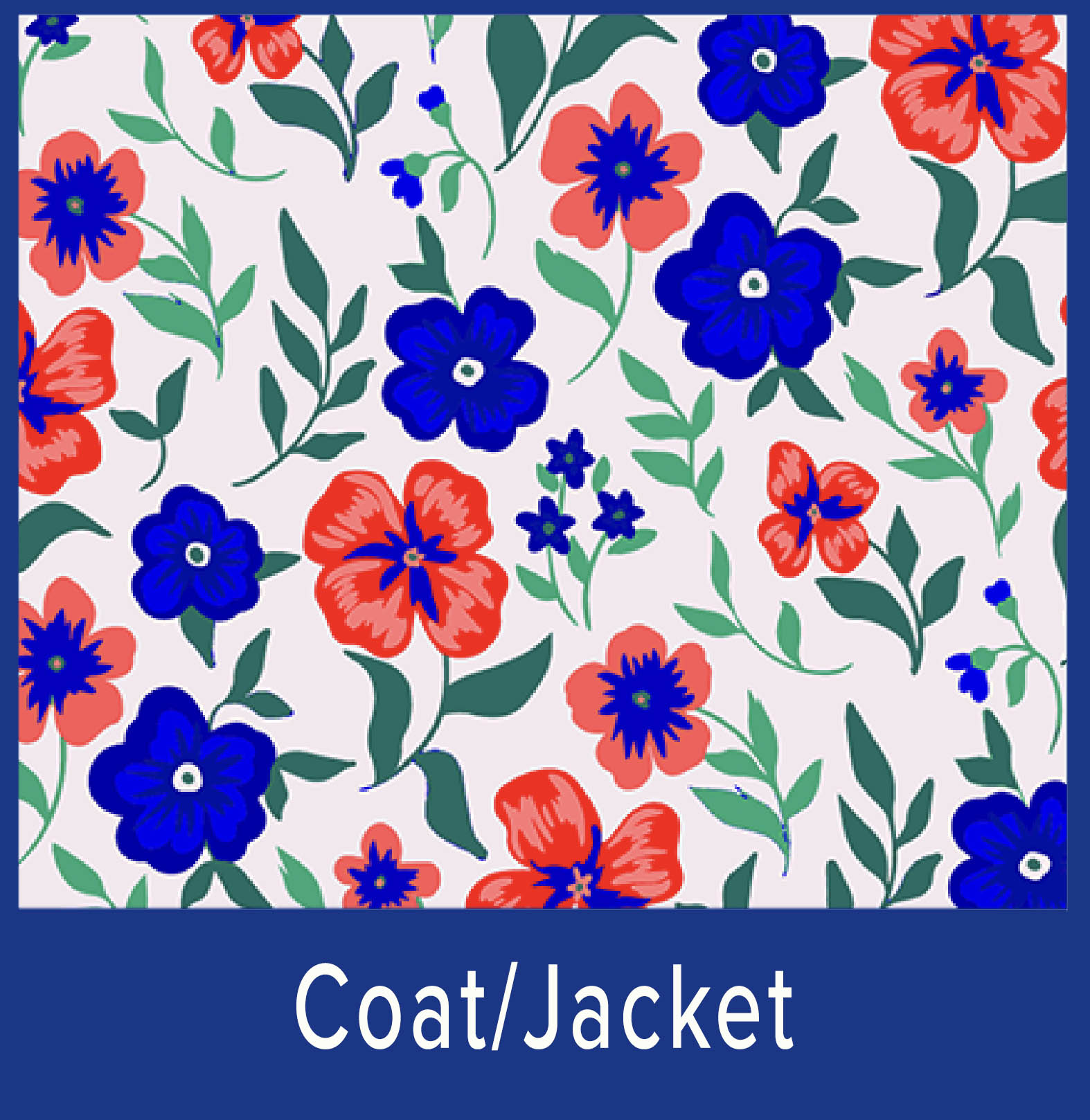 Shop C Color Spectrum 3
Shop C Color Spectrum 3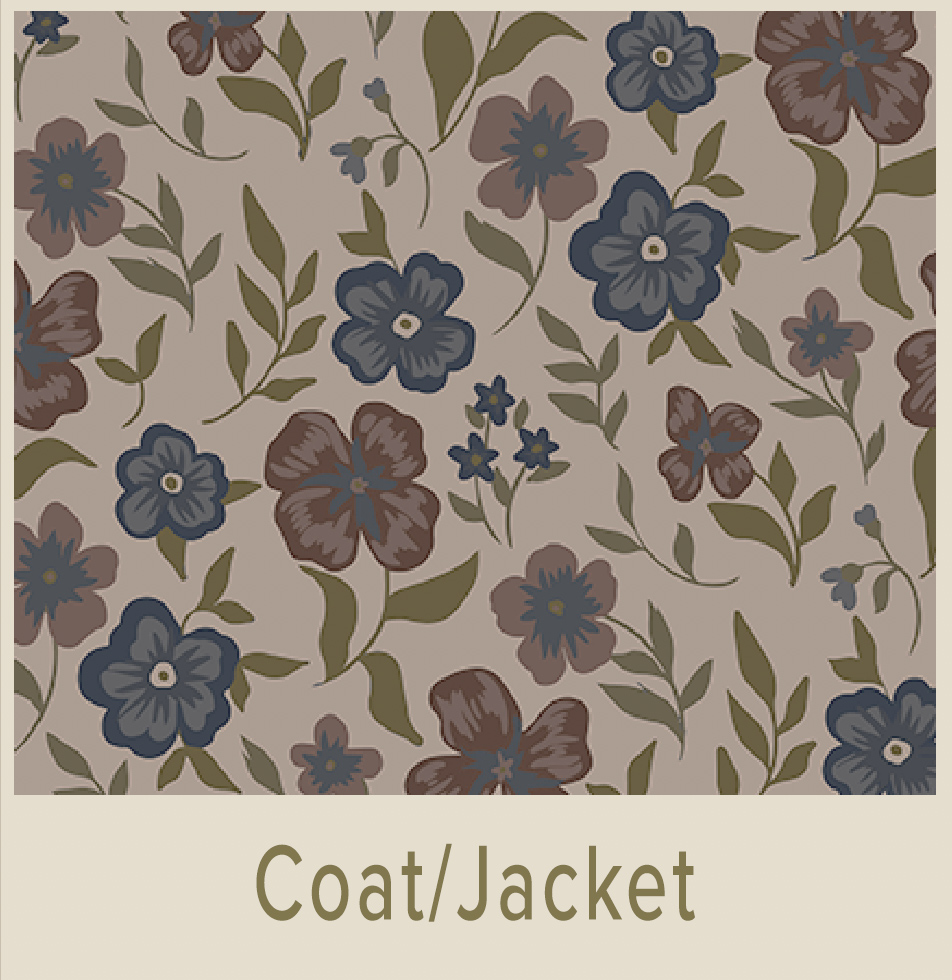 Shop C Color Spectrum 4
Shop C Color Spectrum 4